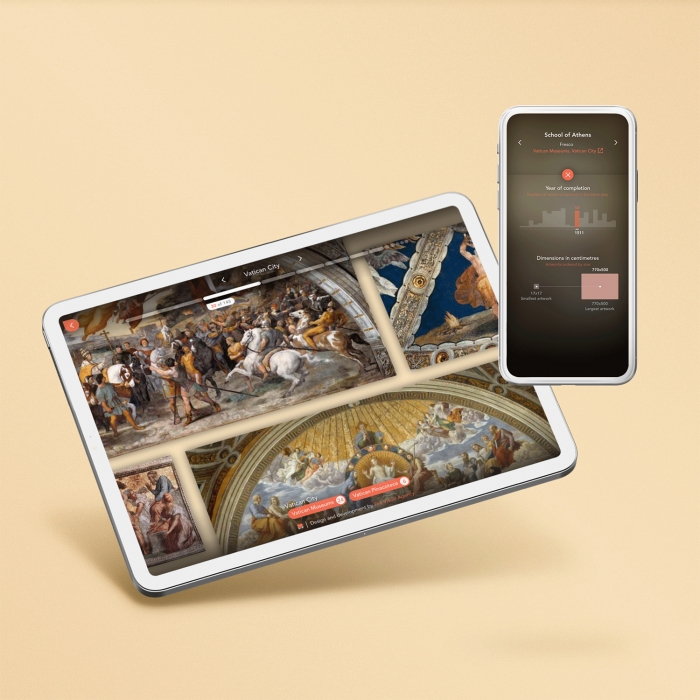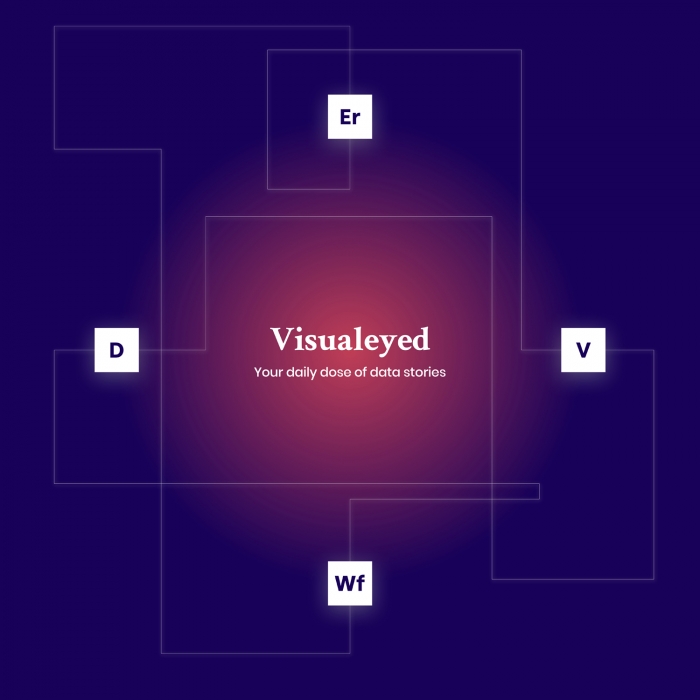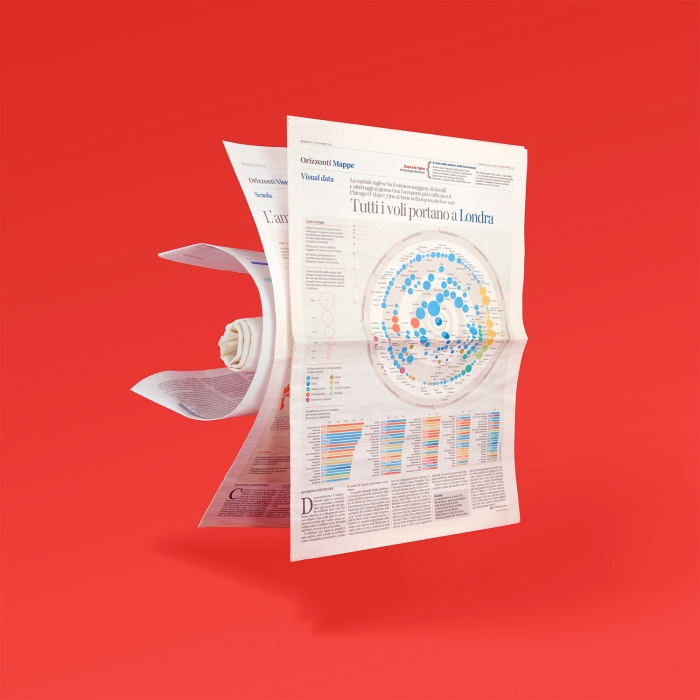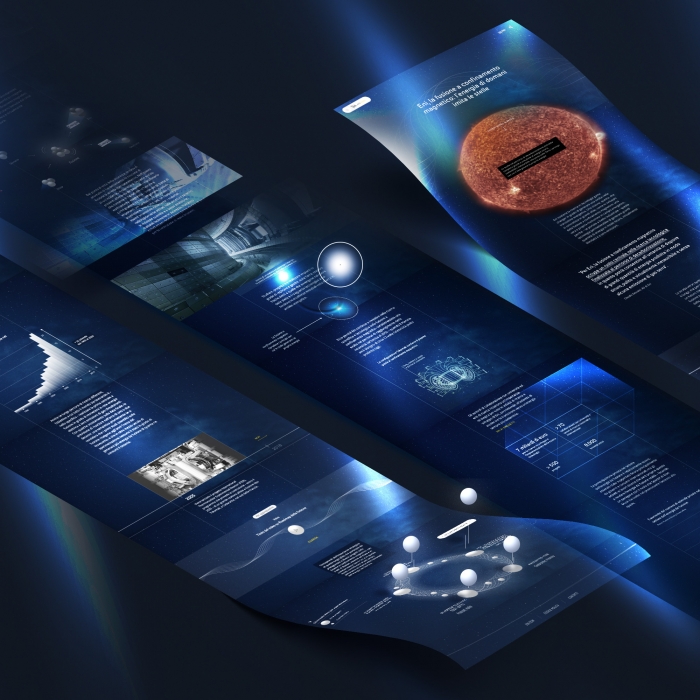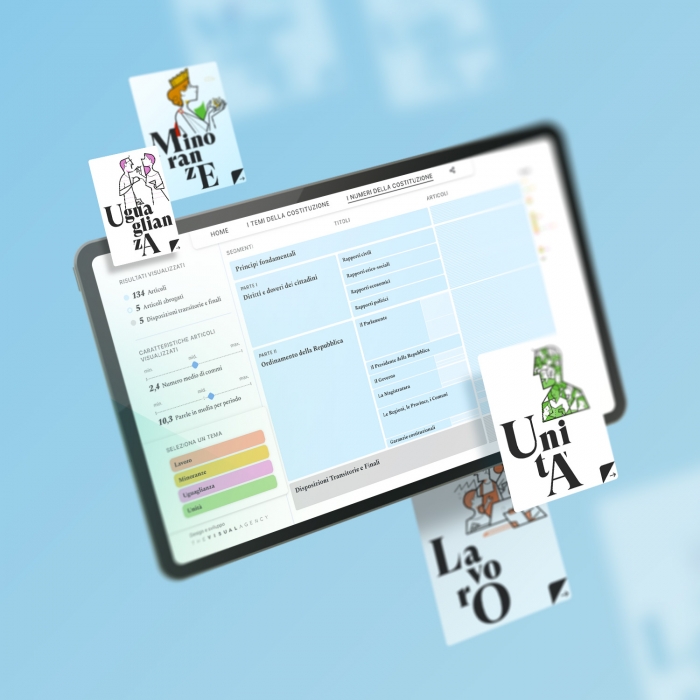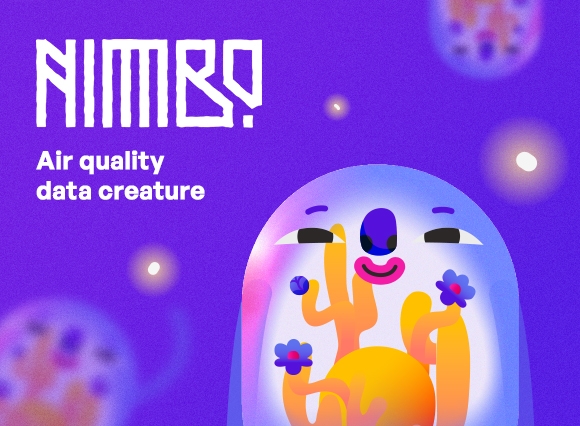A digital collection to experience Dante’s Divine Comedy
Public education - Access to a vast artistic heritage
Explore the project
DivineComedy.digital is a digital humanities project that, for the first time, collects and visualizes the artworks depicting the narrative world of the Divine Comedy. It allows users to explore in a unique and innovative way one of the greatest masterpieces in the history of mankind.
This heritage spans 700 years of art history and represents a summa of the many interpretations artists have given of the Poem, which contributed to the delineation of this famous and mythical imagery.
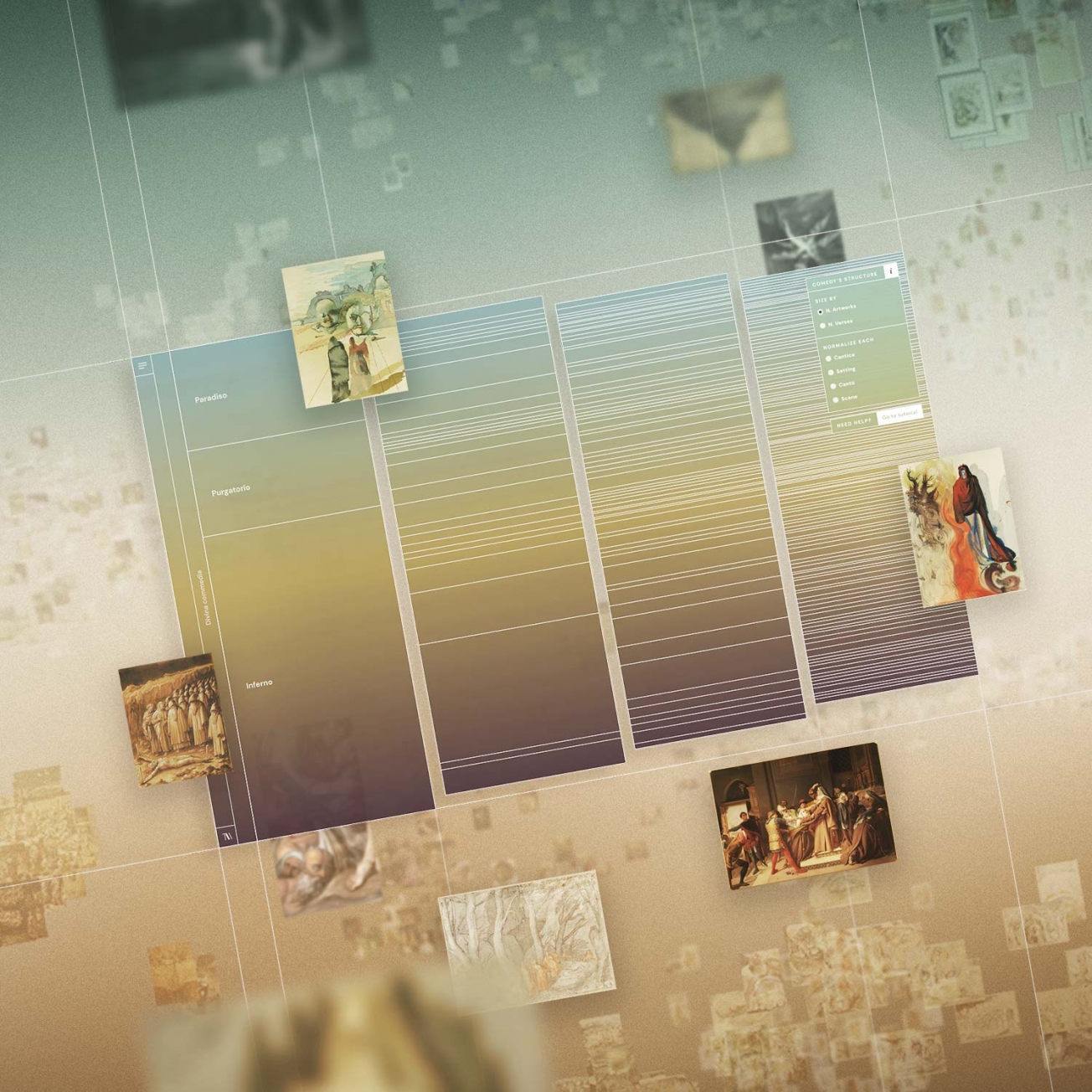
A digital humanities tool
The application is a tool that allows users to interactively analyze the structure and plot of the poem through the artworks that have been collected.
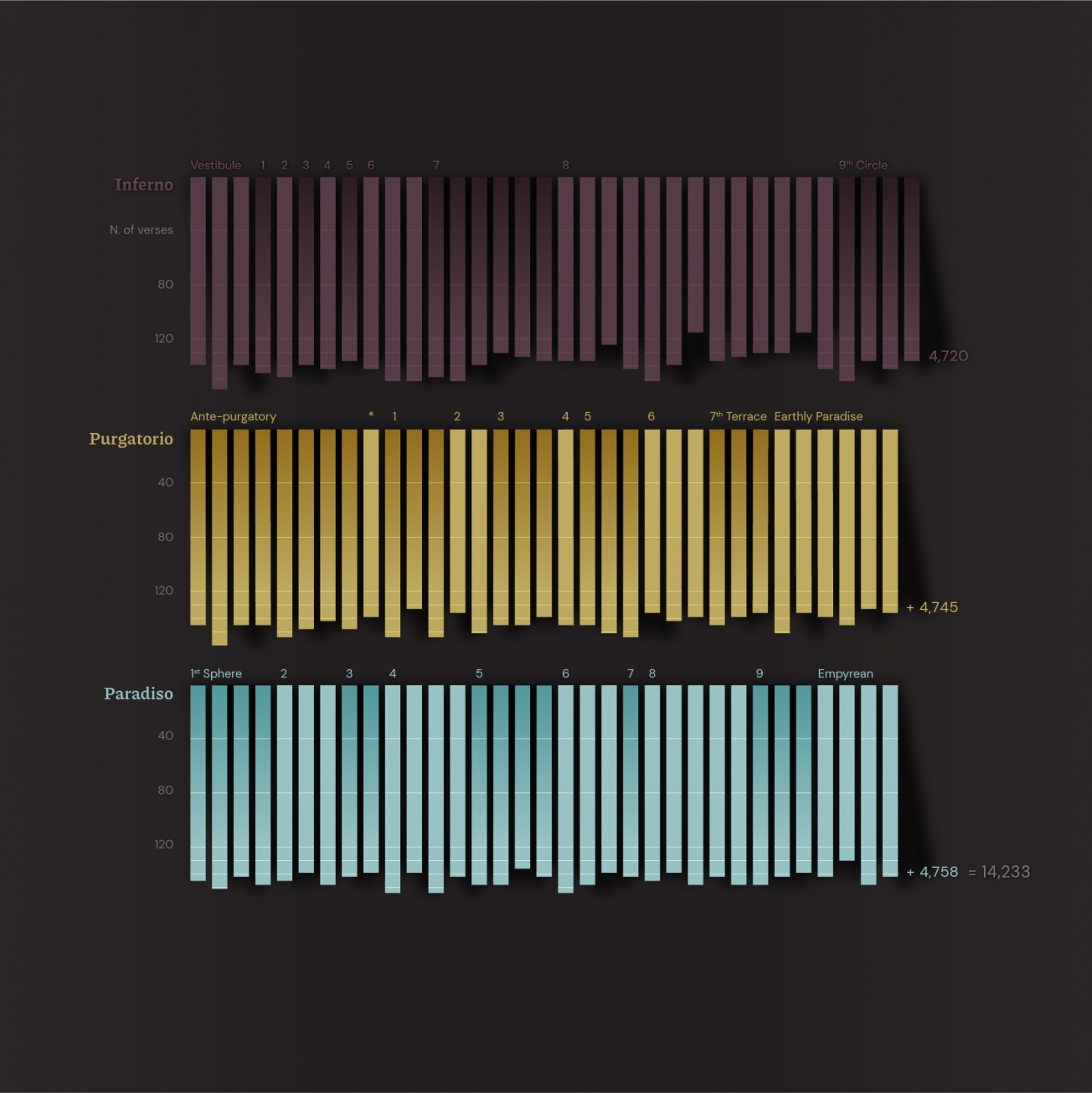
About the Divine Comedy
Dante Alighieri wrote the Divine Comedy between 1304 and 1321, the year of his death.
The poem is written in the Florentine vernacular and consists of 100 cantos, which are divided into three cantiche: Inferno, Purgatorio and Paradiso. It is written in tercets of hendecasyllables following a terza rima pattern, for a total of 14,233 lines.
About the structure
Each cantica is further subdivided into 10 parts, called “circles” for Hell, “terraces” for Purgatory, and “spheres” for Paradise.
Each cantica contains 33 cantos, with the exception of Hell, which contains an extra canto serving as a preface.
Each canto varies in length from a minimum of 115 lines to a maximum of 160, and is further divided into several scenes, for a total of 413 scenes.
The artistic heritage
In order to narrate the content of such a vast artistic collection, it was decided to associate each scene with the artworks that depict it. While looking at them, it is also possible to listen to a recorded version of the lines of the scene, taken from the audiobook of Petrocchi's edition of the Divine Comedy.
Related artworks
For each artwork it is possible to explore its metadata. On the right side there is also a preview of other works by the same author.
The research has produced a collection of over 1,000 artworks. The following image is an overview of the collection: the artworks are arranged in space by visual similarity, thanks to an artificial intelligence algorithm.
An artwork is missing?
The website is constantly evolving. To make it grow, through the page “Suggest an artwork” it is possible to suggest artworks that are not included in the collection and provide all the necessary information.




